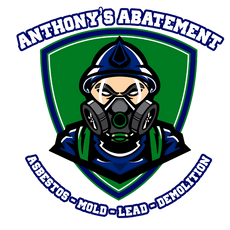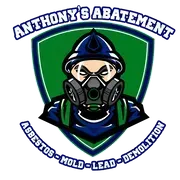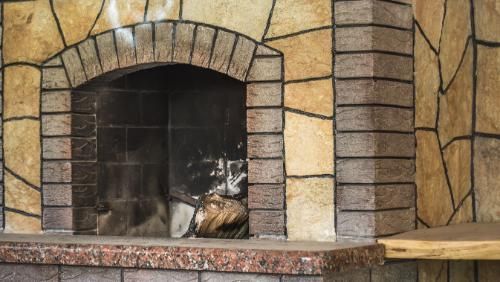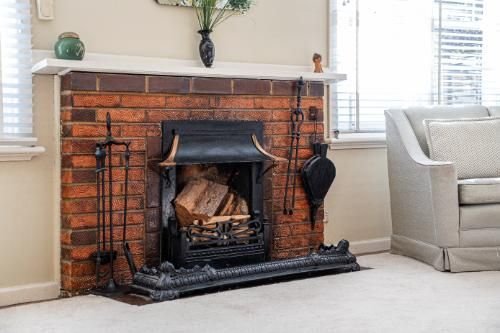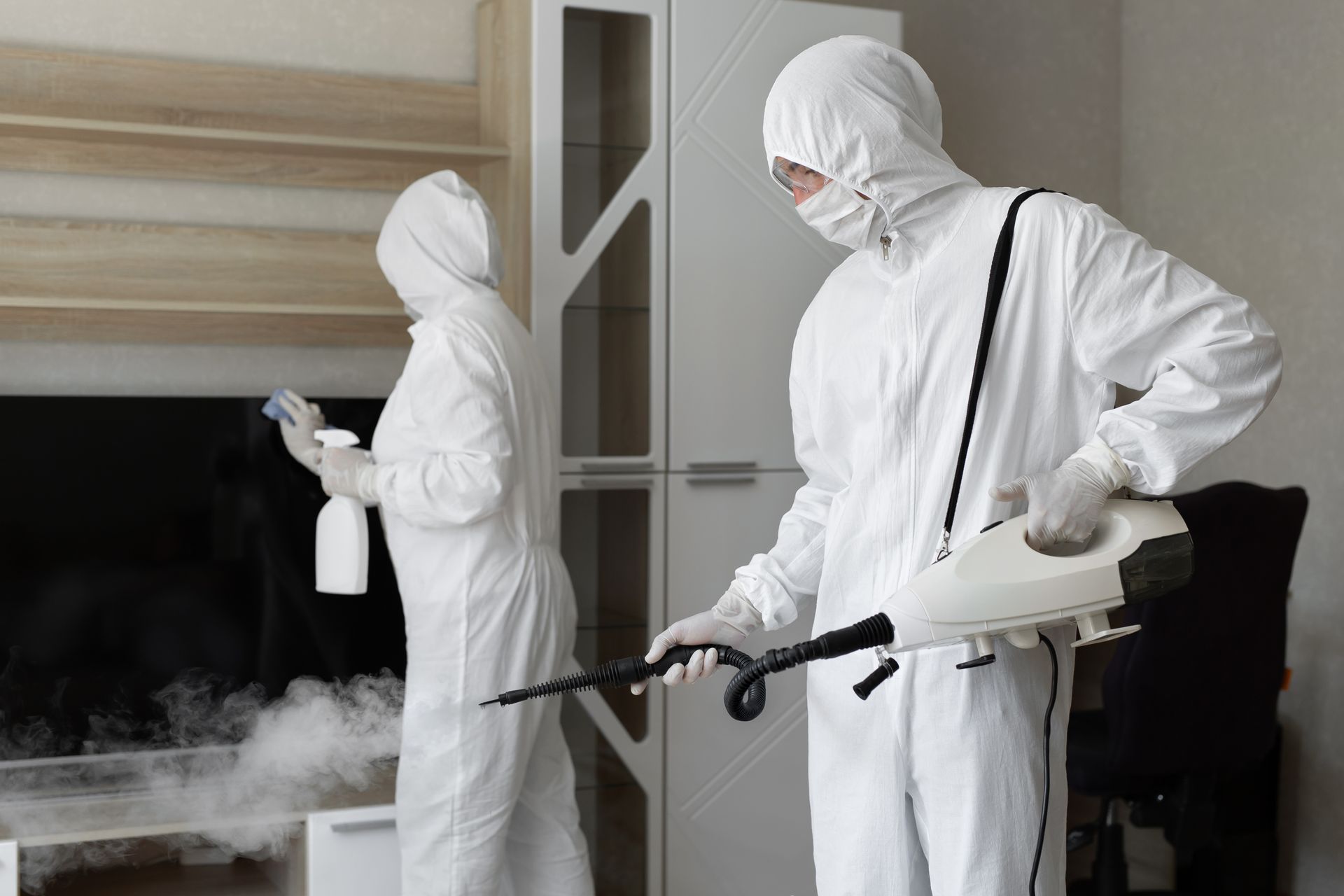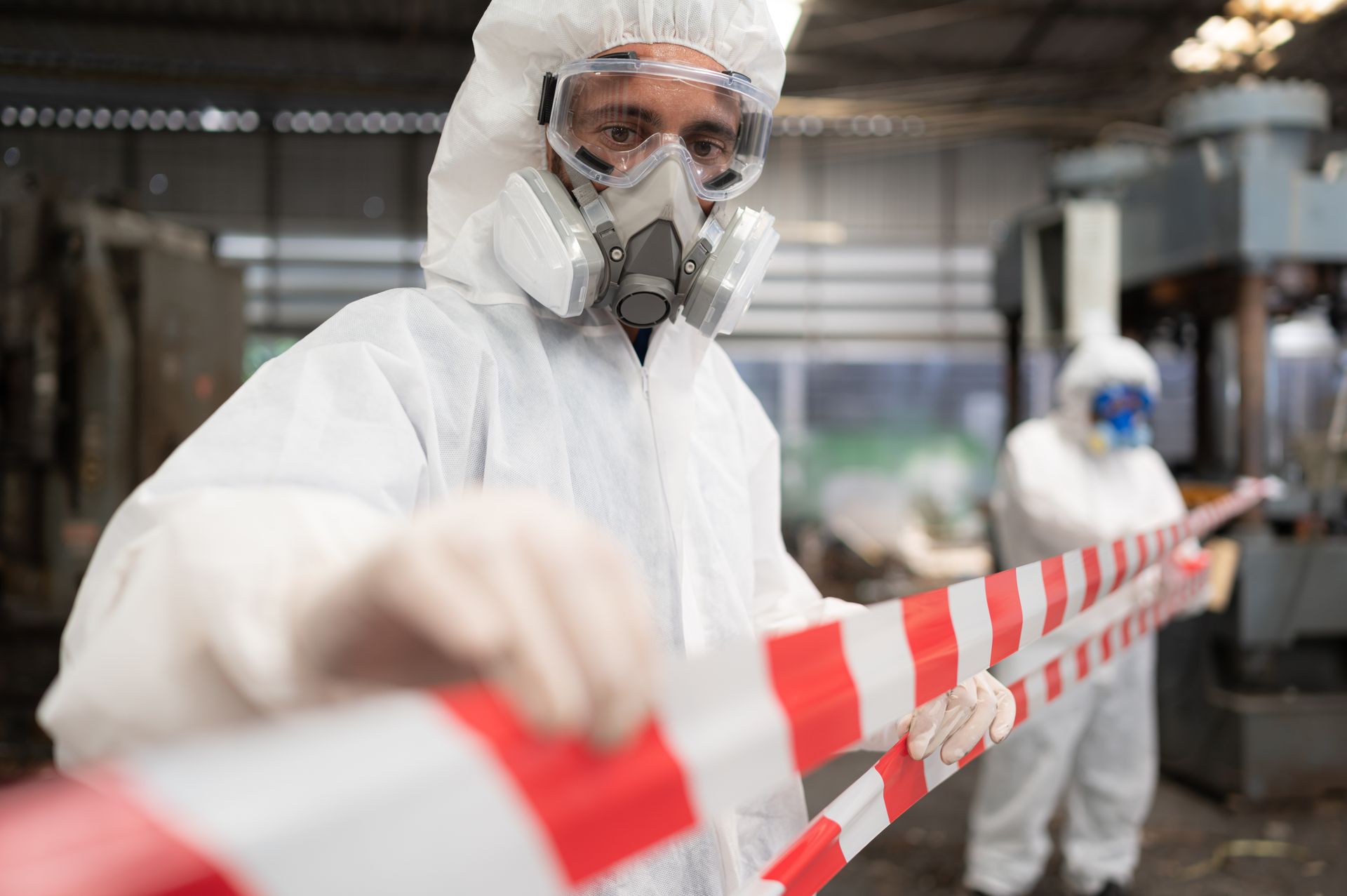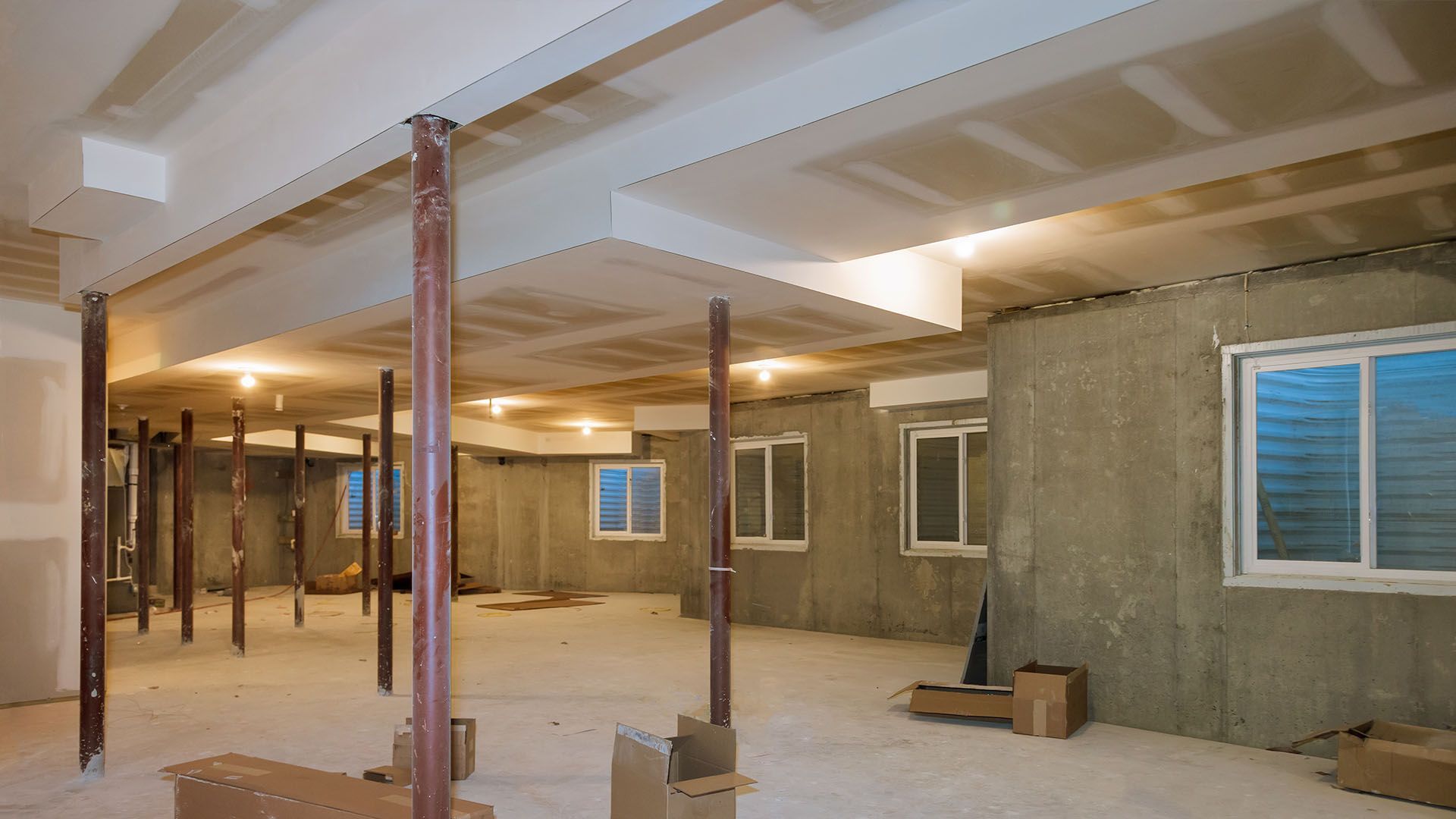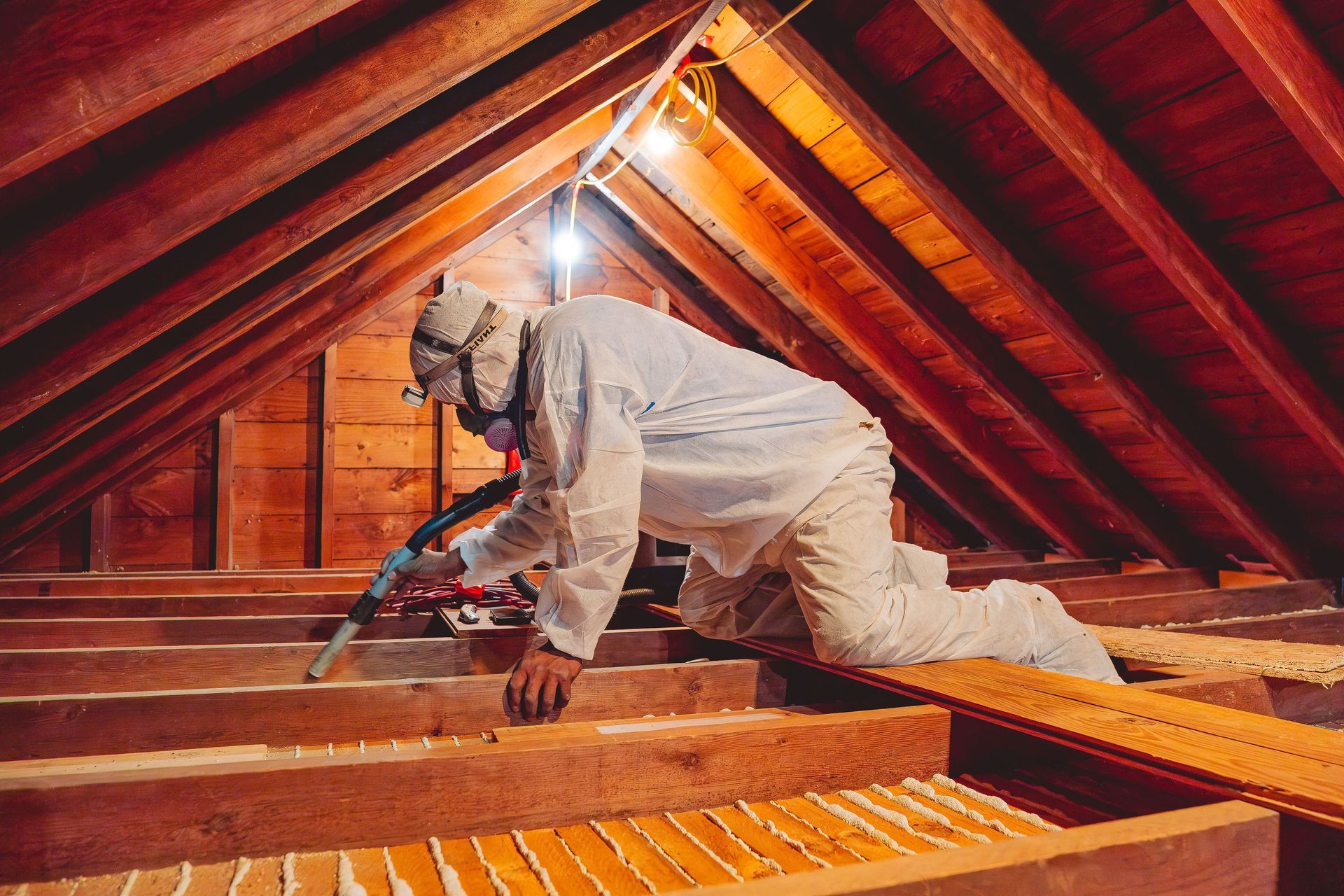Understanding the Risks of Asbestos in Fireplace: Safety & Removal Tips
Concerned about asbestos in fireplace? This article will guide you through identifying asbestos materials, understanding the risks of exposure, and safe removal practices. If your fireplace dates back to before the 1980s or you have older installations, this information is crucial for your safety.
Key Takeaways
- Asbestos-containing materials are commonly found in fireplaces built before the 1980s; regular inspections are essential for identifying these hazards.
- Testing for asbestos should be conducted using proper kits, and results can be obtained within 72 hours; hiring professionals is advisable for safe handling.
- Professional asbestos abatement services are crucial for safe removal and compliance with legal regulations, ensuring a safe living environment post-removal.
Identifying Asbestos in Your Fireplace
Recognizing asbestos in your fireplace is crucial to mitigate health risks. Asbestos-containing materials were commonly used in fireplaces built before the 1980s. These materials include asbestos boards, pads, asbestos insulation material, artificial embers, and ashes.
Older masonry fireplaces may contain asbestos. This can be found in materials such as cement, firebrick, and mortar. Moreover, transite flues, a cement product mixed with asbestos, are often present in older chimney systems. These components can deteriorate over time, especially when exposed to the intense heat of a fireplace, potentially releasing asbestos fibers into the air.
Fireplace inserts and artificial fireplace ash and embers, banned in 1977, may still be present in older installations. Routine inspections and maintenance help in identifying and addressing potential asbestos hazards. Stay vigilant about gas fireplaces materials, particularly in homes older than 20 years.
Testing for Asbestos in Fireplaces
Suspecting asbestos in your fireplace necessitates testing to confirm its presence. Asbestos testing kits provide a safe and straightforward method for collecting samples. These kits are designed to help individuals safely collect samples of suspected asbestos-containing materials.
Once you have collected the samples, they need to be sent to a laboratory for analysis. Typically, you can expect results within 72 hours after the samples arrive at the lab. The cost per sample is usually around $35, and you will receive a UKAS certificate of results to confirm the findings.
Follow the asbestos testing kit instructions meticulously to ensure accuracy and minimize exposure risk during sample collection. When unsure about handling materials, hire professionals for testing.
Risks of Asbestos Exposure from Fireplaces
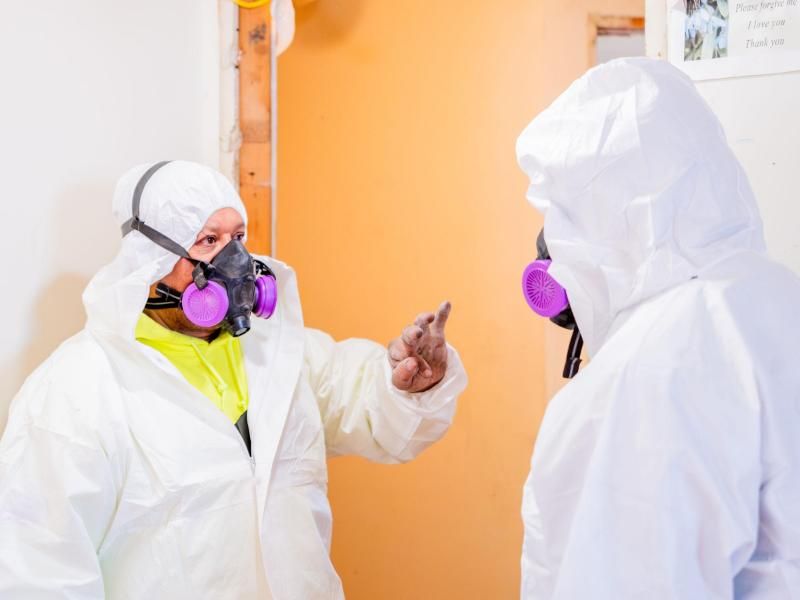
Asbestos exposure from fireplaces can cause severe, life-threatening diseases, including asbestos related disease. Asbestos exposure is directly linked to several types of cancer, including mesothelioma and lung cancer. The latency period for these diseases can be up to 30 years, making early detection difficult.
Occupations such as chimney sweeps are at a particularly high risk of asbestos exposure due to the nature of their work with older chimney systems. The increased incidence of pleural mesothelioma among chimney sweeps further underscores the dangers of asbestos. Even minimal exposure can be harmful, as there is no known safe level of asbestos exposure.
Asbestos fibers can become airborne when disturbed, transforming into dust particles that can be inhaled or ingested. Activities like chipping old asbestos materials or regular maintenance of chimneys and furnaces can release asbestos fibers into the air. Consistent inspections help in identify asbestos and mitigating these hazards.
Handling Asbestos-Containing Materials Safely
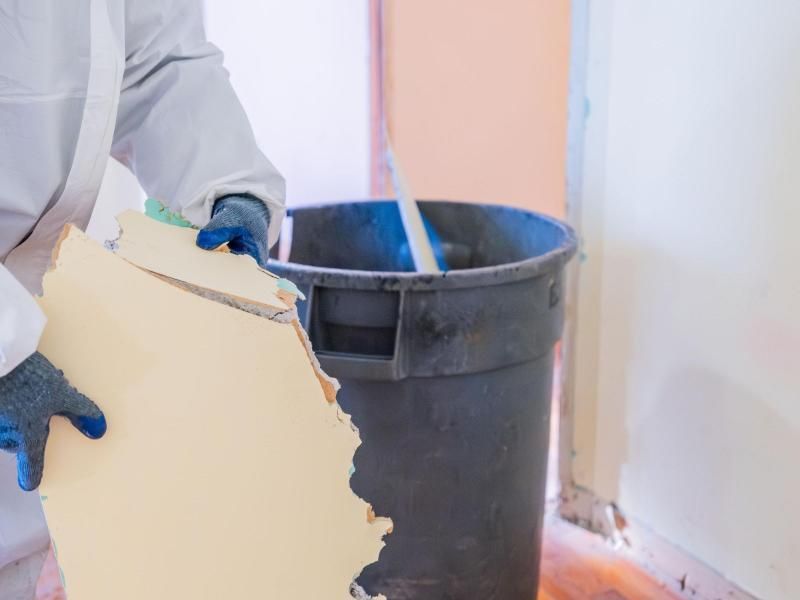
Safe handling of asbestos-containing materials is paramount to prevent exposure. Wear disposable protective clothing when collecting samples or working near suspected asbestos to minimize contamination. Additionally, using a respirator with a high-efficiency particulate air (HEPA) filter is recommended.
The deterioration of chimney flues can lead to blockages and the potential release of asbestos fibers into living spaces. If asbestos fibers are released, the affected area should be isolated, and access should be restricted to prevent further contamination. Due to the friable nature of asbestos, particularly in heating systems, handle these materials with extreme care, especially when dealing with transite asbestos flues.
Professional asbestos abatement includes identification, removal, repair, and encapsulation of hazardous materials. Trained professionals follow strict regulations and utilize appropriate safety measures to minimize exposure risks during asbestos removal. Always consider professional help for handling friable asbestos.
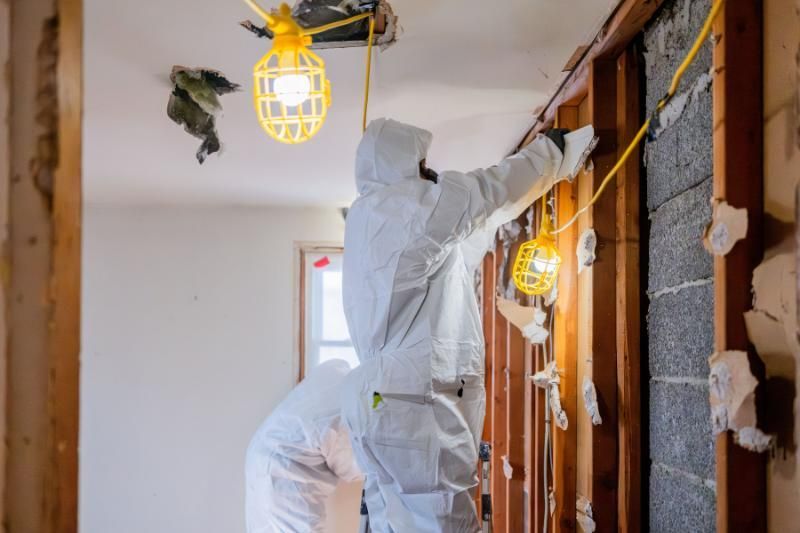
Professional Asbestos Abatement Services
Employing licensed asbestos abatement professionals is vital for safe and effective removal or containment of asbestos materials. In many cases, hiring an expert is not just advisable but may be legally compulsory. These professionals have the necessary training and equipment to handle asbestos safely.
The abatement process entails a comprehensive visual inspection and air monitoring to ensure the area is asbestos-free post-removal. This comprehensive approach minimizes the risk of asbestos exposure and ensures that your home is safe for occupancy.
The cost of asbestos abatement can vary widely based on the type and amount of asbestos-containing material, as well as the complexity of the project. Despite the costs, professional abatement is a worthwhile investment in the safety and health of your household.
Legal and Regulatory Considerations
Comprehending the legal and regulatory framework around asbestos is crucial for compliance and safety. The U.S. Environmental Protection Agency (EPA) oversees asbestos regulations under several laws, including the Clean Air Act and the Asbestos Hazard Emergency Response Act. Asbestos is also classified as a hazardous substance under the Comprehensive Environmental Response, Compensation, and Liability Act.
The Consumer Product Safety Commission (CPSC) has banned the use of asbestos in certain products, including patching compounds and emberizing materials. Local agencies are required to inspect school buildings for asbestos and create management plans under the Asbestos-Containing Materials in Schools Rule.
Additionally, the EPA’s Asbestos National Emission Standard requires notification before any demolition or renovation work involving structures that may contain asbestos. Homeowners must be aware of these regulations to ensure compliance during any maintenance or renovation activities involving asbestos.
Regular Inspection and Maintenance
Routine inspections and maintenance are key to preventing asbestos hazards in fireplaces. Homeowners living in older homes should have their chimneys inspected regularly to check for potential asbestos-related issues. Before renovating a fireplace, inspect it for visible signs of deterioration and call a professional if it’s in poor condition.
Wet cleaning methods are recommended during maintenance to prevent asbestos fibers from becoming airborne. HEPA vacuums are also effective for cleaning areas contaminated with asbestos, as they can filter out fine asbestos particles. If a chimney flue is found to be intact during an inspection, it may pose a lower risk of asbestos exposure.
A proactive approach to fireplace inspections and maintenance significantly reduces the risk of asbestos hazards. Regular checks and appropriate cleaning methods are essential for ensuring a safe and healthy living environment.
Summary
Understanding and managing the risks associated with asbestos in fireplaces is crucial for maintaining a safe home. Identifying asbestos-containing materials, conducting proper testing, and handling these materials safely are the first steps in mitigating risks. Hiring professional abatement services and adhering to legal regulations further ensure that your home remains free from asbestos hazards.
Regular inspections and maintenance are essential practices for preventing asbestos exposure. By staying vigilant and proactive, homeowners can protect their health and that of their families. Take action today to ensure your fireplace is not a hidden danger but a source of warmth and comfort.
